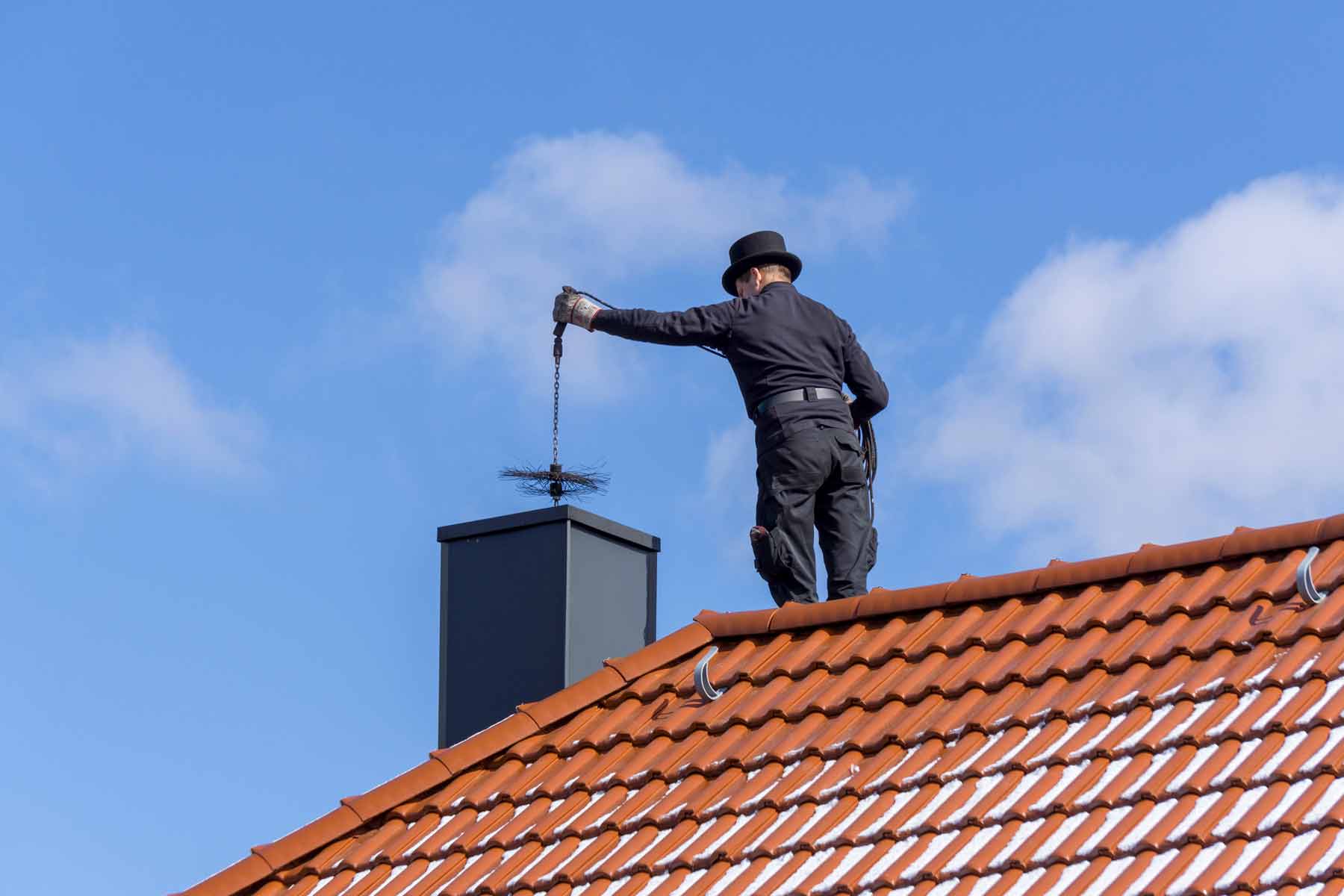Grasping the Art of Chimney Maintenance San Jose: Professional Recommendations and Approaches
Grasping the Art of Chimney Maintenance San Jose: Professional Recommendations and Approaches
Blog Article
Specialist Tips for Effective Smokeshaft Upkeep You Need to Know
Chimneys serve as critical parts in lots of homes, supplying warmth and convenience. From the relevance of normal assessments to risk-free operational practices, a comprehensive technique to smokeshaft maintenance is crucial.
Relevance of Normal Assessments
Routine examinations of smokeshafts are essential for guaranteeing their safety and performance. Smokeshafts play an important function in venting out harmful gases and keeping proper air movement in a home. Gradually, creosote accumulation, debris, and structural damages can occur within the chimney, presenting major threats such as chimney fires or carbon monoxide gas leaks.
Throughout a smokeshaft examination, educated experts examine the condition of the smokeshaft, trying to find any type of signs of damage, clogs, or wear and tear. They also check the honesty of the flue, smokeshaft liner, and smokeshaft cap to make certain whatever remains in proper working order. By recognizing and resolving issues beforehand, costly repair services or prospective risks can be avoided.
Routine assessments not just aid in preserving the safety and security of the smokeshaft but also add to its total performance. A clean and well-maintained chimney operates better, making certain proper air flow and reducing the risk of interior air contamination. Organizing annual chimney evaluations is a positive step that property owners can take to safeguard their home and liked ones.
Cleansing Strategies and Regularity
Maintaining the safety and security and performance of a chimney entails not just routine assessments but likewise implementing appropriate cleansing strategies and determining the optimal regularity for cleaning. Chimneys should be cleaned by a professional smokeshaft sweep at the very least yearly, even if they are not regularly utilized. However, if the smokeshaft is made use of routinely, especially with wood-burning cooktops or fire places, it may call for more constant cleanings to avoid the accumulation of creosote, a highly combustible substance that can bring about smokeshaft fires.
Homeowners should never overlook chimney cleansing, as it is important for preserving a risk-free and useful chimney system. Regular cleanings not just reduce the risk of smokeshaft fires yet likewise improve the smokeshaft's general performance and longevity.
Resolving Smokeshaft Leaks

When dealing with chimney leaks, complete assessment and timely repair work are crucial to avoid water damage and maintain the architectural useful source honesty of the smokeshaft. Leakages in a chimney can lead to major problems such as mold growth, wear and tear of the smokeshaft structure, and even potential fire threats. To properly resolve smokeshaft leakages, begin by checking the chimney cap, crown, blinking, and masonry for any signs of damages or wear.
Recognizing Creosote Build-Up
To recognize the prospective risks of creosote build-up in chimneys, it is vital to identify its development process and influence on smokeshaft efficiency. When wood or fossil fuels are shed, Creosote is a black or brown tar-like compound that builds up inside smokeshaft systems. As smoke climbs through the smokeshaft, it cools and condenses, bring about the development of creosote, which abides by the smokeshaft wall surfaces.

Routine Learn More chimney examinations and cleansings by a professional smokeshaft move are critical in protecting against creosote accumulation and making certain the secure procedure of your smokeshaft system.
Safe Procedure Practices
Executing correct safety procedures is essential for the safe and secure and effective operation of smokeshaft systems. Constantly make sure that the smokeshaft is expertly checked and cleansed frequently to remove any type of creosote build-up, which can lead to smokeshaft fires.
Furthermore, make sure to just shed experienced timber in your fire place, as wet or eco-friendly timber can generate even more creosote and trigger hazardous smokeshaft obstructions. Lastly, never ever leave a fire unattended and always see to it the fire is completely snuffed out prior to going to sleep or leaving your house. By complying with these secure procedure techniques, you can delight in a warm and cozy fire while making certain the safety and security of your home and loved ones.
Verdict
In conclusion, keeping your smokeshaft is vital for guaranteeing its security and efficiency. Normal examinations, appropriate cleaning methods, resolving leakages, managing creosote accumulation, and following risk-free operation practices are vital elements of chimney upkeep. By remaining on top of these jobs, you can protect against prospective risks and lengthen the life-span of your chimney. It is necessary to focus on chimney maintenance to keep your home warm and secure throughout the cooler months.
Over time, creosote accumulation, debris, and architectural damage can occur within the smokeshaft, posturing major threats such as chimney fires or carbon monoxide leaks.
If the smokeshaft is used consistently, particularly with wood-burning cooktops or fireplaces, it may call for more regular cleansings to prevent the accumulation of creosote, an extremely combustible substance that can lead to chimney fires. (Chimney Maintenance San Jose)
To understand the possible dangers of creosote build-up in chimneys, it is necessary to recognize its formation process and impact on chimney performance. As smoke increases via the smokeshaft, it cools and condenses, leading to the development of creosote, which sticks to the smokeshaft walls.
Always make sure that the smokeshaft is professionally examined and cleaned up consistently to remove any creosote build-up, which can lead to chimney fires.
Report this page